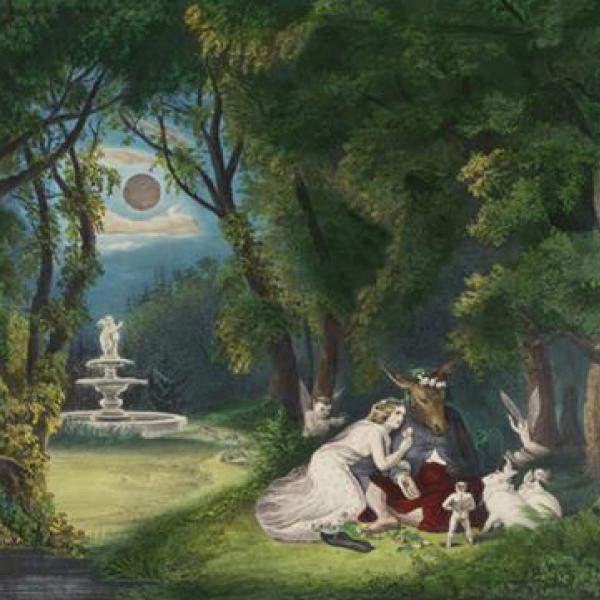Shakespeare! The Musical!
Tuesday, July 17, 2018 by
“
If music be the food of love, play on
”
Duke Orsino in William Shakespeare's "Twelfth Night."
The poor duke hopes to gorge himself on love so that he never suffers it again. Including songs within the play was a common occurrence in Shakespeare's time, but the 20th century rise of musical theater took it a step further adapting the words of the immortal Bard into catchy tunes with modern lyrics. The most successful musical version of a Shakespeare play is West Side Story. This week, we look at three lesser-known works that predate that famous Romeo and Juliet adaptation.
The first major musical to find inspiration in a Shakespeare play opened on November 23, 1938. The Boys from Syracuse featured lyrics and music by Lorenz Hart and Richard Rodgers with a book by George Abbott. The musical took for its plot Shakespeare's early work The Comedy of Errors in which two sets of identical twins are reunited after much confusion and high jinks. Abbott kept the characters' names and the setting but abandoned Shakespeare's dialogue in favor of contemporary lingo. Choreographed by George Balanchine, the production was well received and ran for 235 performances.
Just one year later, on November 8, 1939, another Shakespeare musical adaptation opened on Broadway, this time taking A Midsummer Night's Dream as its source material. Featuring music by Count Basie and Benny Goodman, who also led the band, Swingin' The Dream boasted a jazz all-star cast. Starring Maxine Sullivan, Butterfly McQueen, Jackie "Moms" Mabley, the Dandridge Sisters, and trumpeter Louis Armstrong playing the unfortunate Bottom, the musical and comedic talent on stage all but guaranteed a hit.
Alas, the show did not prove too big to fail. Overstuffed and uneven, the production closed after just 13 performances. New York Times critic Brooks Atkinson praised the performances, but thought perhaps the show would have fared better "by forgetting Shakespeare altogether."
After the disaster of Swingin' The Dream, the Broadway stage took a break from musical Shakespeare, that is until Cole Porter's Kiss Me, Kate opened in 1948. Adapted from The Taming of the Shrew, the musical uses the show-within-a-show format. A travelling troupe of actors perform Shrew and backstage romances mirror the play's tempestuous relationships. The book was by husband and wife team Bella and Samuel Spewack who may have drawn inspiration from their own stormy marriage.
The original production of Kiss Me, Kate ran for 1,077 performances and enjoyed a successful national tour as well as productions abroad in London and Australia.
Next year, will see another revival of Kiss Me, Kate when Roundabout Theatre Company mounts a production in March 2019. This week, The Public opens a new musical version of Twelfth Night in Central Park's Delacorte Theatre. With multiple Shakespeare productions running throughout New York City's parks, traditionalists can also get their fix.







![Byron Company. [James K. Hackett as Mercutio fights Campbell Gollan’s Tybalt] 1899. Museum of the City of New York. 34.271.813G](https://www.mcny.org/sites/default/files/styles/mcny_col_3_thumbnail/public/thumbnail_1.jpg?itok=eLop50mT)

